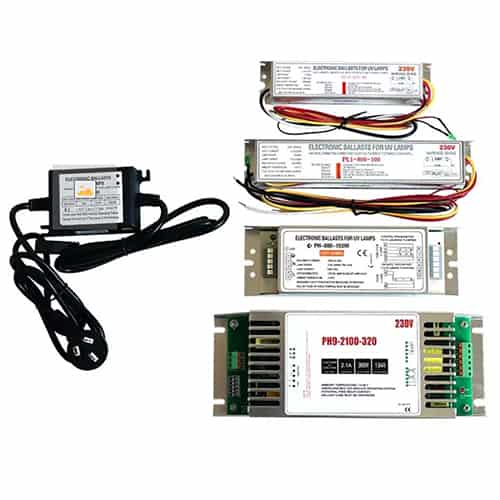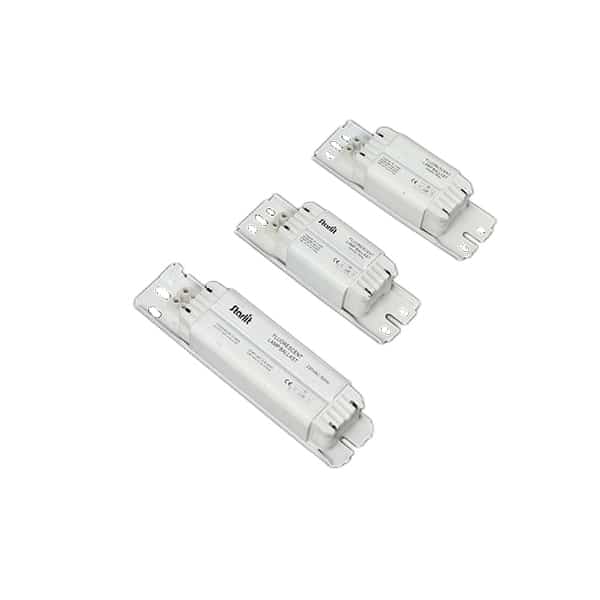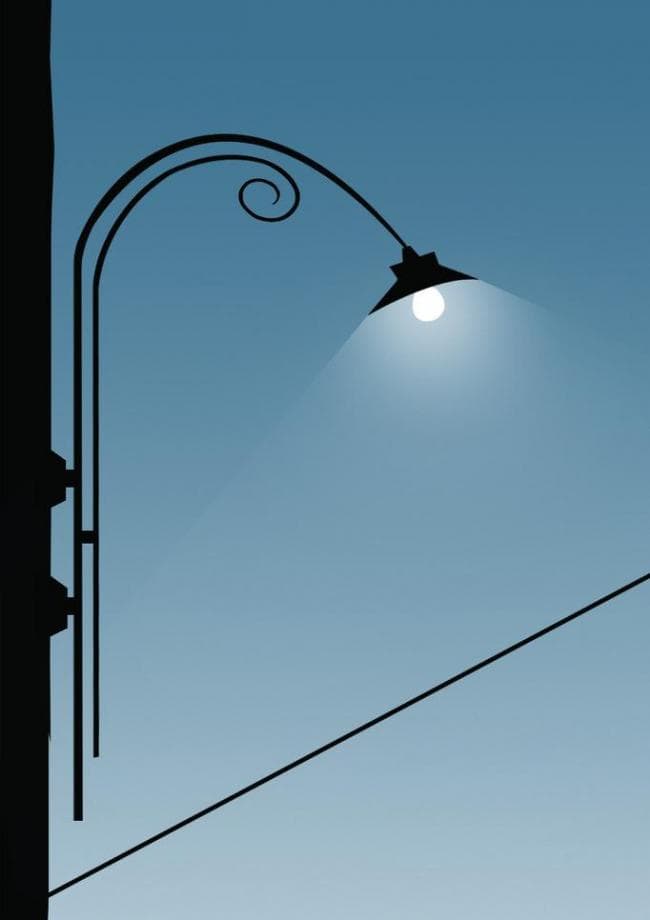Many people think about bypassing the light ballast in their lighting system when they’re converting to LED technology. They wonder about the safety risks of doing so. If you do it wrong, you can create electrical hazards, damage your fixtures, or even cause a fire. You need to know the right way to do it, the safety measures to take, and what can go wrong so you can do it safely and correctly.
Bypassing a ballast can be safe if it’s done the right way and you follow the right guidelines and take the right precautions. Make sure someone with electrical knowledge does the wiring, whether that’s you or a professional electrician. Bypassing the ballast the right way will ensure you have good, safe lighting for a long time.
Now, let’s talk about when you need to bypass a ballast, how to do it safely, and some of the bad things that can happen.
What Does Bypassing a Ballast Mean?
Bypassing a ballast refers to the process of removing or disconnecting the ballast in a lighting fixture, often when upgrading from older fluorescent tubes to more energy-efficient LED lights. A ballast in a fluorescent fixture is responsible for regulating the current to the lamps, ensuring they operate correctly and preventing them from drawing too much power. However, with LED lighting, ballasts are not always required, especially when using ballast-bypass (also called direct-wire) LED tubes, which connect directly to the mains power supply.
There are different types of LED tubes. Some are ballast-compatible (plug-and-play) and can work with the existing ballast, while others are designed for ballast-bypass wiring, which requires the ballast to be removed or bypassed. Understanding which type of LED tube you are using is critical before deciding to bypass the ballast.
When Is It Necessary to Bypass a Ballast?
Bypassing a ballast is often necessary when retrofitting older fluorescent fixtures with ballast-bypass LED tubes. These types of LED tubes are designed to run directly on the mains voltage without the need for a ballast to regulate the current. Bypassing the ballast can lead to improved energy efficiency, reduced maintenance, and fewer complications in the future since ballasts can fail over time or consume additional energy, even when not needed.
For example, if you’re upgrading your office or home lighting to LEDs to save energy, removing the ballast can eliminate the need to maintain or replace the ballast in the future. By bypassing it, you simplify the fixture’s wiring, reduce energy consumption, and eliminate a component that could eventually fail.
How to Bypass a Ballast Safely
Step 1: Turn Off the Power
Before starting any work, ensure the power is turned off at the circuit breaker. This is a critical safety step that prevents electric shock or injury while working on the fixture. Use a voltage tester to confirm that there is no electricity flowing to the fixture before proceeding.
Step 2: Remove the Ballast
Once the power is off, remove the fluorescent tubes and open the fixture to access the ballast. The ballast is usually a rectangular box in the fixture with wires connected to both the power supply and the lamp holders (sockets). Carefully disconnect the wires connected to the ballast, typically color-coded, and remove the ballast from the fixture.
Step 3: Connect the Wires
After removing the ballast, you’ll need to connect the wires directly to the lamp holders. Typically, this involves connecting the live (hot) and neutral wires from the power supply directly to the corresponding wires on the lamp holders. Be sure to use wire nuts to secure the connections, and double-check that the wiring follows the correct polarity. Ensuring the connections are tight and secure will prevent loose connections, which could lead to malfunction or safety hazards.
Step 4: Test the Fixture
Once the wiring is complete, replace the cover of the fixture and install the new LED tubes. Turn the power back on and test the fixture to ensure everything is working correctly. If the lights don’t turn on, or if there is flickering, turn off the power again and check the wiring for any mistakes. Proper testing ensures that the bypass was done correctly and safely.
Is It Legal to Bypass a Ballast?
The legality of bypassing a ballast depends on your region and local electrical codes. In most cases, it is legal to bypass a ballast, provided that the installation meets the required safety standards and electrical codes. It’s important to ensure that the wiring complies with local building regulations, as improper wiring could void warranties, insurance claims, or lead to penalties.
For safety and legal reasons, it’s always recommended to consult an electrician or check local regulations before undertaking any modifications to your lighting system. Additionally, you should ensure that the LED tubes you’re installing are certified for direct wiring and that they meet the necessary safety standards.
What Are the Risks of Bypassing a Ballast?
Bypassing a ballast comes with certain risks if not done correctly. One of the primary risks is incorrect wiring, which can lead to electrical fires, short circuits, or electric shock. If the wiring connections are not secure, loose wires can cause arcs or create potential fire hazards.
Additionally, using poor-quality or non-certified LED tubes after bypassing a ballast can result in equipment failure or safety issues. Low-quality LEDs may not handle the direct power supply effectively, leading to premature failure, flickering, or overheating. It’s crucial to use high-quality LED tubes that are designed for ballast-bypass installations.
Another risk is failing to understand the correct wiring process. Mistakes such as improper polarity or insecure wire connections can compromise the safety and functionality of the lighting fixture. This is why, for those unfamiliar with electrical work, it’s highly recommended to consult or hire a professional electrician to handle the job.
Benefits of Bypassing a Ballast
Improved Energy Efficiency: One of the main advantages of bypassing a ballast is the increased energy efficiency. Ballasts consume extra energy, even when not needed, which adds to your overall electricity usage. By removing the ballast, you eliminate this unnecessary power consumption, allowing the LED lights to operate more efficiently.
Lower Maintenance: Ballasts, especially in older fixtures, can fail over time and require replacement. By bypassing the ballast, you eliminate this potential point of failure, reducing maintenance costs and the need for future repairs. This can be particularly beneficial in large buildings or commercial spaces where maintaining a large number of fixtures is costly.
Enhanced LED Performance: LEDs often perform better without a ballast, as they are designed to work on a direct current (DC) or alternating current (AC) depending on the fixture. Without the ballast, LED lights can run more consistently, without flickering or degradation in performance over time.
When to Consult a Professional Electrician
While bypassing a ballast may seem like a simple task, it’s always best to consult a licensed electrician, especially if you’re unfamiliar with electrical work or if you’re working with a large or complex lighting system. A professional can ensure that the wiring is done correctly and meets local electrical codes, reducing the risk of safety hazards.
Additionally, electricians can help troubleshoot any issues that arise after installation, such as flickering or malfunctioning lights. For any commercial or large-scale residential projects, professional assistance is highly recommended to ensure long-term safety and reliability.
Final Words:
Bypassing a lamp ballast can be safe if you do it the right way, but you need to know the right way and take the proper safety precautions. Knowing the potential risks, using good quality materials, and wiring everything to code are important for having a safe and efficient lighting system. If you’re not sure, hire a professional electrician so you don’t have any safety hazards and your LED lighting system will work well for a long time.




